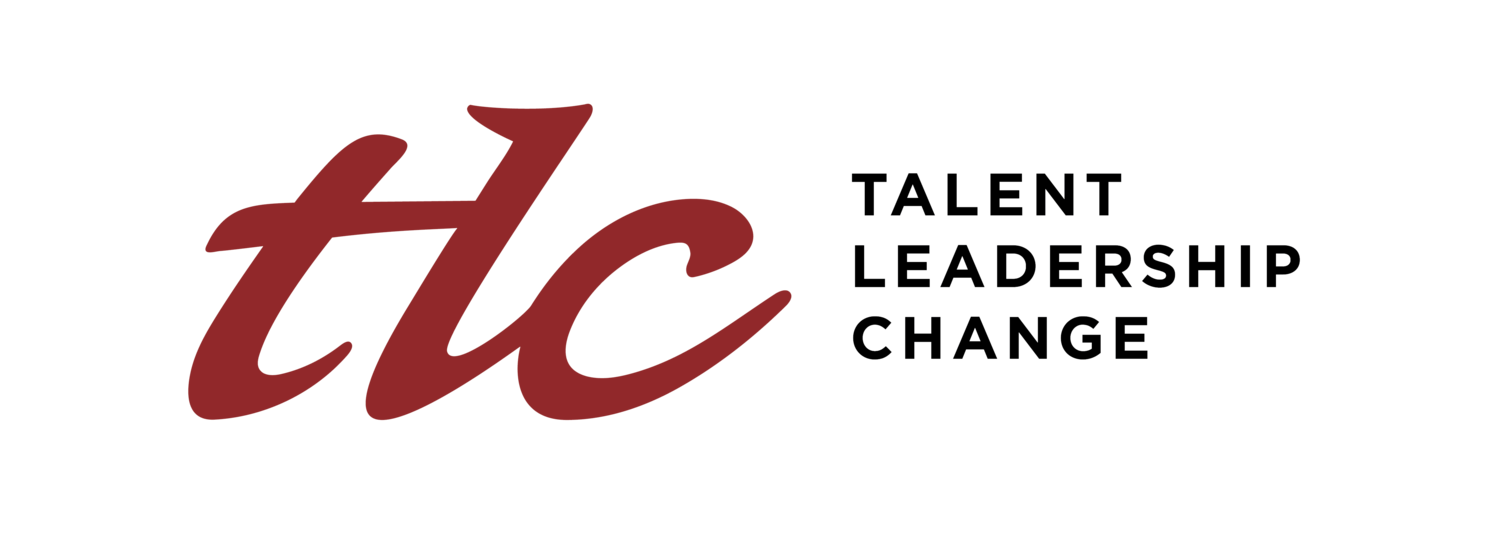GETTING THE MOST FROM MEETINGS
From quick hallway huddles to large conferences, from Viber calls to webinars, we all find ourselves in some kind of a meeting. I was in one such conference recently and I did a quick poll with the folks seated next to me: how do you make meetings work for you?
To my left was Mathias Jaeggi, a young Swiss entrepreneur who cofounded Impact Hub, an innovative co-working space and global network where business startups come together. He says his meetings never go beyond one hour. “It is time taken away from serving the customer,” he explains.
“The purpose must be very clear and decisions taken must lead to clear action and results.” Very politely, he also shared this observation: “It seems that having food during meetings is part of Filipino culture.” I sensed he was not too happy with the practice as eating tends to prolong meetings.
To my right, Danny Ocampo, vice president for sales and marketing at The Manila Times, describes his Monday meetings with account managers. “We meet from about 10am to 1pm and of course, we share a meal as we go over last week’s performance and explain the variances,” he says. He adds that “quick midweek meetings in a fast food restaurant during its lean hours” also helps get his team members on the same page.
Have you ever wondered how much your meetings cost? The math is quite simple. Start with the annual average salary of the executives attending your meeting. Divide the figure by 2,000 (the number of work hours in a year assuming a 40-hour work week), then multiply by 750 (approximate number of hours spent in meetings per year). Finally, multiply that amount by the number of people around the table.
“No rocket science, only a lot of common sense.”
For example, if you have a management team of five people with an average annual salary of Php5 million per person and they spend an average of 15 hours a week in meetings, your annual meeting cost is Php9.4 million. If you can reduce meetings by 40% you will be saving your company Php3.7 million a year for one team alone. How many other such meetings happen in your company? The costs can be staggering but largely invisible in your P&L statement.
The 40% number may sound arbitrary but is actually based on sound research. In a classic 1993 study, the Wharton Center for Applied Research found that the average CEO spends 17 hours per week in meetings, senior executives an average of 23 hours, and middle managers 11 hours. When polled, senior and middle managers said only 56% of the meetings were productive. The same research suggests that if managers use meetings for the right reasons they can reduce the time spent in meetings by 25%. Add to that effective meeting management and you can potentially reduce the time spent in meetings by another 20%. This clearly translates into hefty savings.
But the costs we have computed only take into account executive salaries. There are hidden costs from opportunity losses and low morale among employees who feel unproductive. We haven’t factored in yet the cost of the food and drinks we love to serve in meetings in this side of the world.
So what is a manager to do? No rocket science, only a lot of common sense. I have found the International Management Matrix Institute’s suggestions most helpful. First, create an organizational culture that values good meeting behavior among leaders and participants. This involves role modeling – showing up on time, encouraging participation, and listening to diverse opinions. Second, develop the core skills needed to facilitate effective meetings. Invest in practical hands-on training in leading group processes and engaging with individuals doing collective work. Third, provide facilitators with a toolbox of tips, techniques, and methods they can use to be successful – from brainstorming to new apps for managing content.
The bottom line – be more circumspect in scheduling meetings. As a leader, meetings and how you run them can be a powerful tool to change your organization’s culture toward achieving business success.
*Published as a monthly Leadership Column in Forbes Philippines
